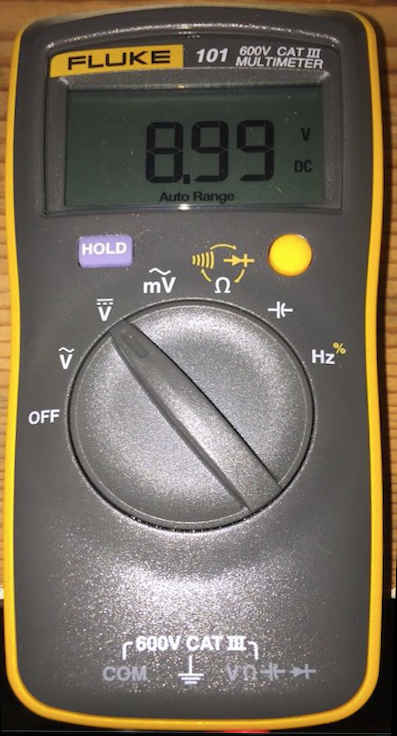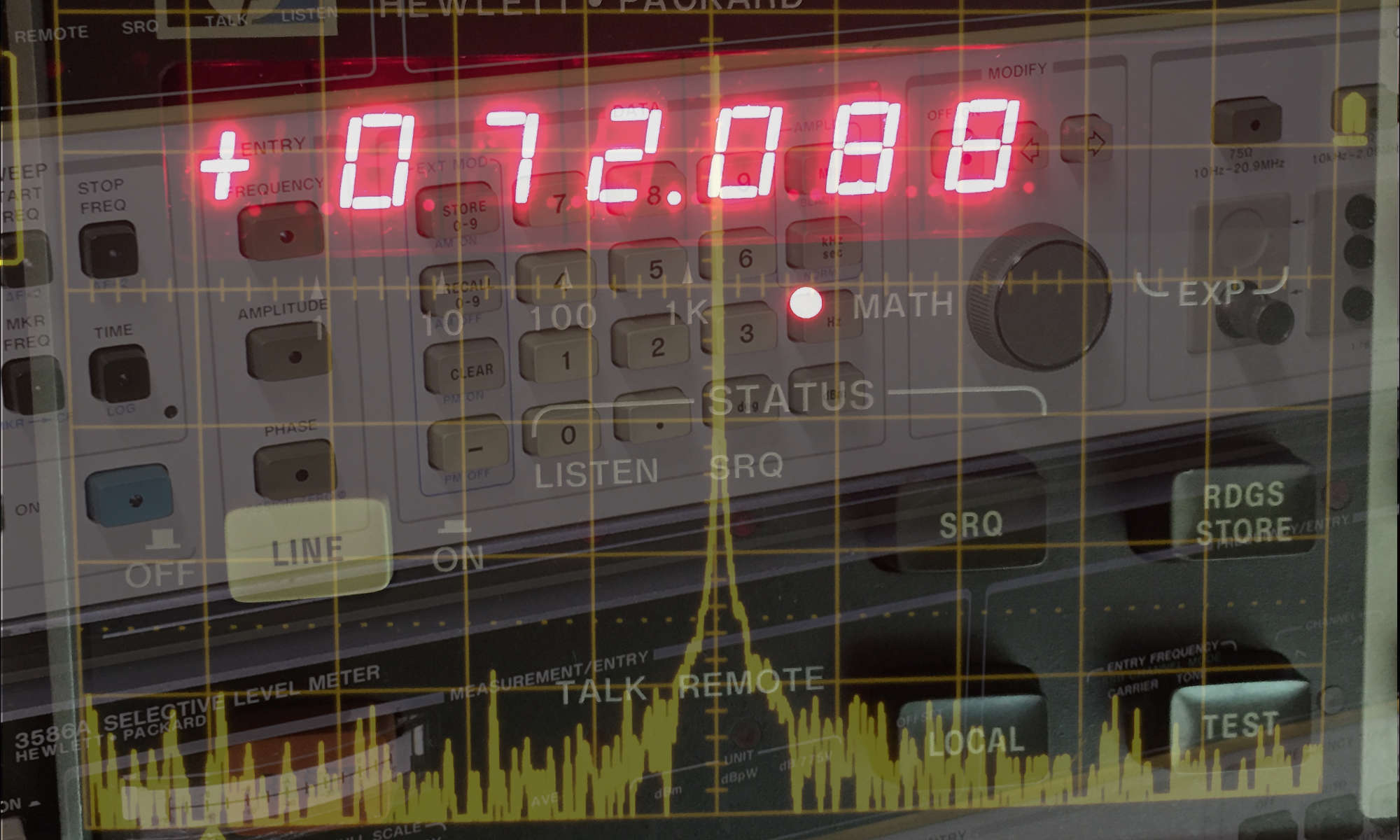Finally, the first piece of equipment for the lab has arrived, a new Fluke 101 handheld digital multimeter1. It’s a very modest start, but it is just the beginning.
Basic Measurements

Anybody who works with electricity needs a device that measures the absolute basics, a multimeter2. I wanted something simple and inexpensive but built with quality. And for fundamental electrical measurements, Fluke is one of the brands that first comes to my mind, the other being Keithley Instruments.
There are many reviews on handheld multimeters, on the EEVBlog3 and on YouTube, created by many handheld multimeter enthusiasts. I didn’t know there were so many different brands available (and I didn’t know that there were so many multimeter fanatics).
Specifications
The Fluke 101 is a simple device and it fits nicely in the palm of the hand. It measures AC and DC Voltage (up to 600 Volts CAT III)4 , AC Frequency, Resistance, and Capacitance. It also tests for electrical continuity and tests for defective Diodes as well. And it comes with a set of Fluke quality test probes with batteries included. Other competing products have more features, but for my first device, simple is better. But the Fluke 101 does not measure electrical current. So, I will have to pick up other pieces of equipment to fill that measurement deficiency.
A Tough Little Meter
There is a YouTube video where the reviewer pumped a full 13,000 Volts into the Fluke 101. This little meter absorbed all that voltage with no problems at all..
This is one tough little meter.
- A digital meter displays the reading in numerical digits while the more traditional analog meters display the reading with a moving needle along a printed scale [↩]
- A meter is an instrument that measures some quantity, e.g. voltage. A multimeter is an instrument that measures multiple quantities, e.g. voltage, current, and resistance. [↩]
- See the multimeter review spreadsheets. [↩]
- CAT III is a safety standard that enables the instrument to be resilient to high energy transients. [↩]
